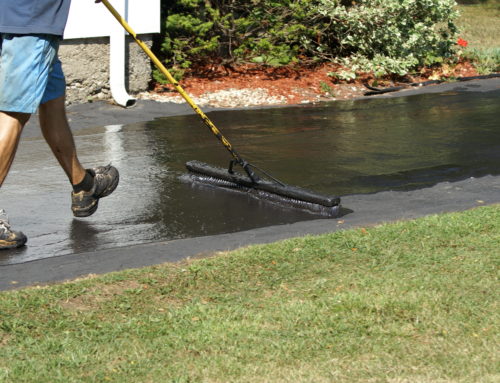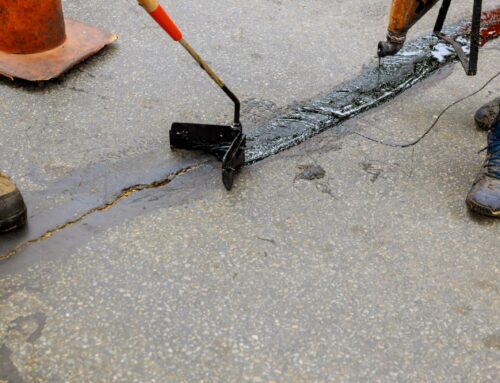Through the ages, since the advent of paving, there wasn’t much more to be done to perfect the road. A few short lived attempts, such as plank roads, but nothing to change the way the entire system functioned. That changed when engineering made leaps forward during the industrial age of the late 18th and early 19th centuries. Most of these had to do with the layout of turnpikes and other new types of roadways and the work of the French engineers Medcalf and Tresaguet. One of the largest leaps came from Scottish engineer John Loudon McAdam.
McAdam developed the first truly modern roads, using an inexpensive paving material made from soil and stone. He flipped convention on its head when he decided roads didn’t need large foundations of layer upon layers of rocks, but instead just a crust of smaller stones. The bottom layer could have stone no large than three inches while the upper layer would have no stone larger than 4/5ths of an inch. These smaller stones would act as a proper base and through which traffic could merge into a more solid layer. These types of roads would see wide use in the U.S. and Australia in the 1820’s and later Europe.
And yet, this was not a perfect method, as despite McAdams’s advice, later builders would take his method and then fill the gaps between with even smaller materials like sand or clay and found their roads to be stronger.



